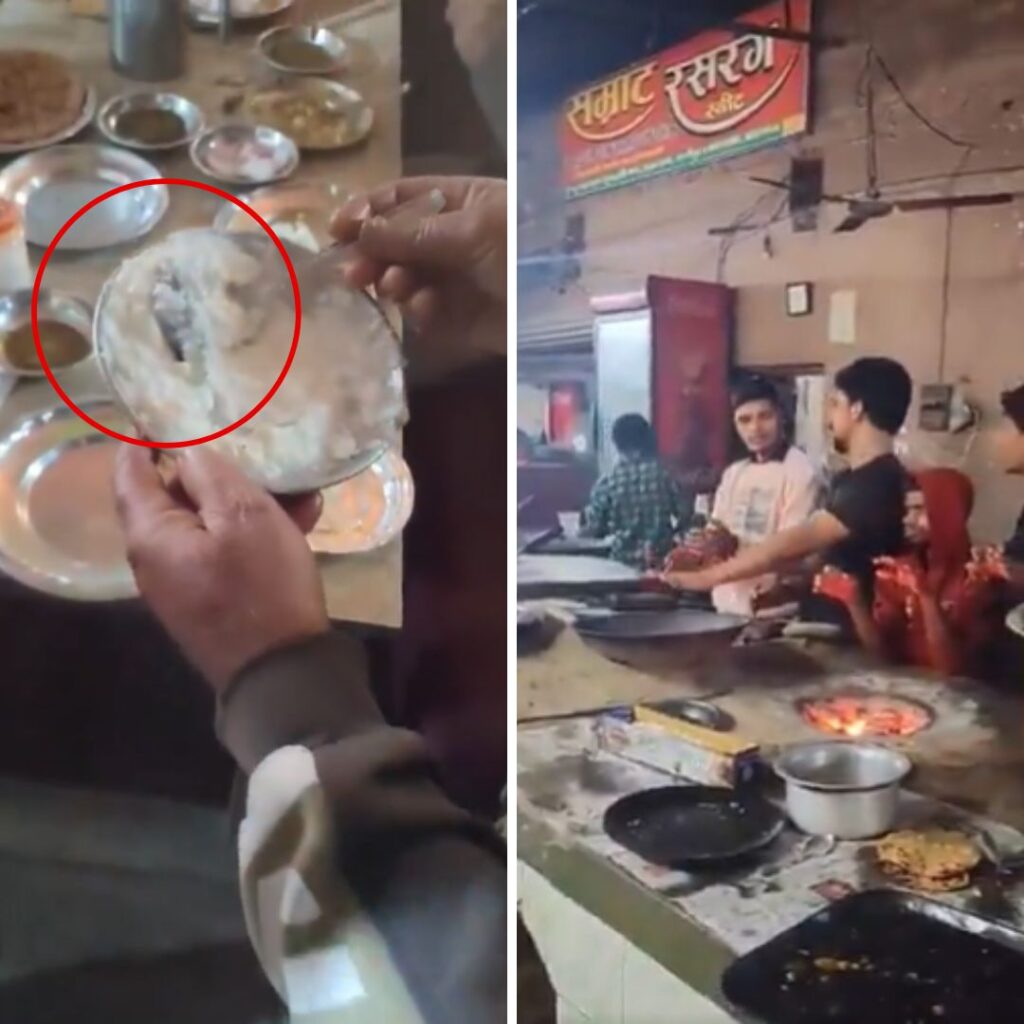“Criminal Tribes are absolutely the scum, the flotsam and jetsam of Indian life,
of no more regard than the beasts of the field.”
The Underworld of India, Lt. Gen. George MacMunn
Before Independence, the British devised a strategic artifice The Criminal Tribal Act 1871 to brand the tribals of India as criminals. The rationale behind it was to seize the power by which the colonials could legally arrest, penalize and execute the indigenous. To add more, it was also meant to serve as a deterrent by which any tribal insurgency, revolt or protest against the imperial forces could be prevented or smothered. Certainly, this malicious Act of the colonial period provokes many emotions of derision, shock and condemnation. However, the most repulsive reality which deserves our unanimous censure is how this colonial stigma against the tribal is still very much operative in our democratic system of Independent India. Branded as criminals during the colonial regime, and now labeled as ex-criminals, de-notified tribes and even habitual offenders, this detestable stigma against the tribal has become a ubiquitous violation of our constitutional spirit. The content is all the same – just the book cover keeps changing. Does that even sound democratic?
Born as Criminals – Guilty by Birth Even Today
The Criminal Tribal Act 1871 (CTA) began as a piece of colonial legislation to apparently monitor law and order in the country. According to the British, if in India there is a caste based system of imposing jobs to various sections, then there has to be a list of hereditary criminals who follow their ancestors’ criminal profession. Hence, if low castes in India are by birth afflicted with bonded slave labour, then the criminal castes by the same ideology can also be singled out as born criminals. Consequently, the Act was framed wherein the ethnic communities were labelled as criminals to expose them, suppress them and deter them from taking any anti-colonial stance.
In its later stages, the Act soon became a disgusting tool of racial profiling due to which many of the ethnic communities got stereotyped as criminals – branded as guilty just because of their ethnicity, culture and heritage. The indigenous were penalized, ghettoized and arrested without any legal conviction whatsoever just because it was ordained that these tribals are criminal in their instincts, genes and biological make-up. They are naturally a bunch of criminals so naturally, they ought to be persecuted, right!
What makes these accounts more heart-wrenching is how this persecution of the tribal exists even today while seriously debunking and shaming the myth of India’s Independence. Mahasweta Devi, formidable activist and writer, who took up the bastion to expose this tyranny against the tribal, brought the entire issue to the centre stage and clamoured:
“I have said over and over, our independence was false; there has been no independence for these dispossessed peoples – tribals, the landless rural poor, still deprived of their most basic rights. I do not know why the British rulers declared them to be ‘criminal’ in 1871. That stigma is still operative among people of other groups who live in Medinipur …In present-day India, the tribes once known as ‘criminal’ are the ones in greatest distress, whether they are the Sansis of Punjab and Delhi, the Parhaiyas of Bihar, or the Lodha Shabars and Kheria Shabars of West Bengal. It is the landowners who formed the ministry, and became the rulers of the country, why should they do anything else?”
After Independence, CTA should have been abolished, eradicated and dumped in the trash bins, but the Act was only replaced with the Habitual Offenders Act 1952 due to which the same strategy of criminalizing the tribals was repeated in verbatim.
How monstrous it is to see that the violence of colonial legacy could still find its roots in our democratic society. The haunt of such a past continues to be a frightening basis of discrimination against the tribals by the police, the media, educational institutes and many other systems and infrastructures of the country. Independence then has been utterly false indeed – tribal stigmatized from colonial to present times.
Spectre of Stigma – Contemporary Violence
Forbidden to enter local schools. Discriminated at jobs. Looked down upon by the mainstream. Scapegoated. Targeted. Criminalised. In the news, chapter after chapter, there are reports of discrimination against the tribals of India even 70 years after Independence. A brief survey would be pertinent to arrest this hijacking of our national spirit.
Chuni Kotal: A Voice Silenced Forced to commit suicide, the brilliant and hard working Chuni Kotal, first woman graduate among her tribe of the Lodha Shavars, stands as a matter of grave emergency. Harassed, dehumanized and marginalised at every walk of her life, the girl is a question mark on our country’s ideals of tolerance, equality and humanity. Kotal…











